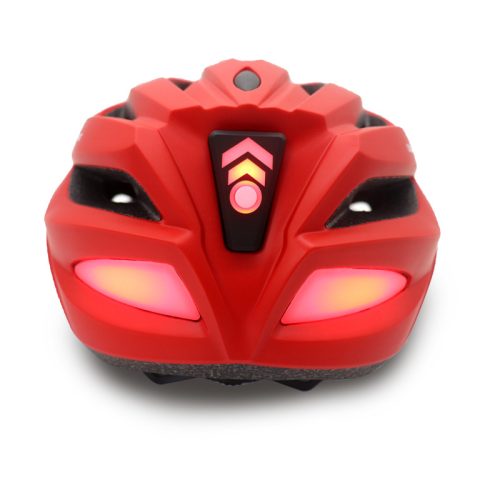Helmets play a significant role in preventing head injuries, including concussions, in various sports and activities. However, it’s important to understand that not all helmets are designed to prevent concussions, and the effectiveness of a helmet in preventing concussions can vary depending on factors such as the type of helmet and the nature of the impact. Here’s a closer look at the role of helmets in concussion prevention:
- Impact Absorption: Helmets are primarily designed to absorb and dissipate the force of impacts, reducing the risk of severe head injuries, including skull fractures and traumatic brain injuries. They do this by creating a protective barrier between the head and the external surface or object.
- Reducing the Severity of Injuries: Helmets can effectively reduce the severity of head injuries in many cases, which is important because a less severe injury is less likely to result in a concussion. Helmets are particularly effective in preventing open head injuries and skull fractures.
- Sports Helmets: Helmets designed for specific sports, such as bicycle helmets, football helmets, and motorcycle helmets, are engineered to reduce the risk of head injuries associated with those activities. They often include features like impact-absorbing liners, hard outer shells, and chin straps to stabilize the helmet on the head.
- Concussion-Prevention Helmets: Some helmet manufacturers are developing technologies that aim to provide better protection against concussions specifically. These helmets may incorporate materials and designs intended to reduce rotational forces on the brain, which can be a factor in concussion injuries.
- Proper Fit and Use: A crucial aspect of helmet effectiveness is ensuring that they are worn correctly and fit properly. Helmets that are too loose or not secured correctly may not provide the necessary protection. It’s important to follow the manufacturer’s guidelines for fitting and adjusting the helmet.
- Limitations: While helmets can be effective in reducing the risk of head injuries, they cannot entirely eliminate the risk of concussions. This is because a concussion can occur even without a direct impact to the head. Rapid acceleration or deceleration of the head, which can result from a fall or collision, can cause the brain to move within the skull and lead to a concussion.
- Behavior and Rule Compliance: In addition to wearing helmets, it’s essential for individuals participating in sports and activities to follow safety guidelines and rules. Avoiding high-risk behaviors, using proper techniques, and promoting sportsmanship can contribute to reducing the risk of concussions.
In summary, helmets play a vital role in preventing head injuries, including concussions, by reducing the severity of impacts and protecting the head during various activities. While helmets are effective in preventing some types of head injuries, they may not eliminate the risk of concussions entirely. Education, proper helmet fit, and adherence to safety guidelines are also critical components of comprehensive concussion prevention strategies.


